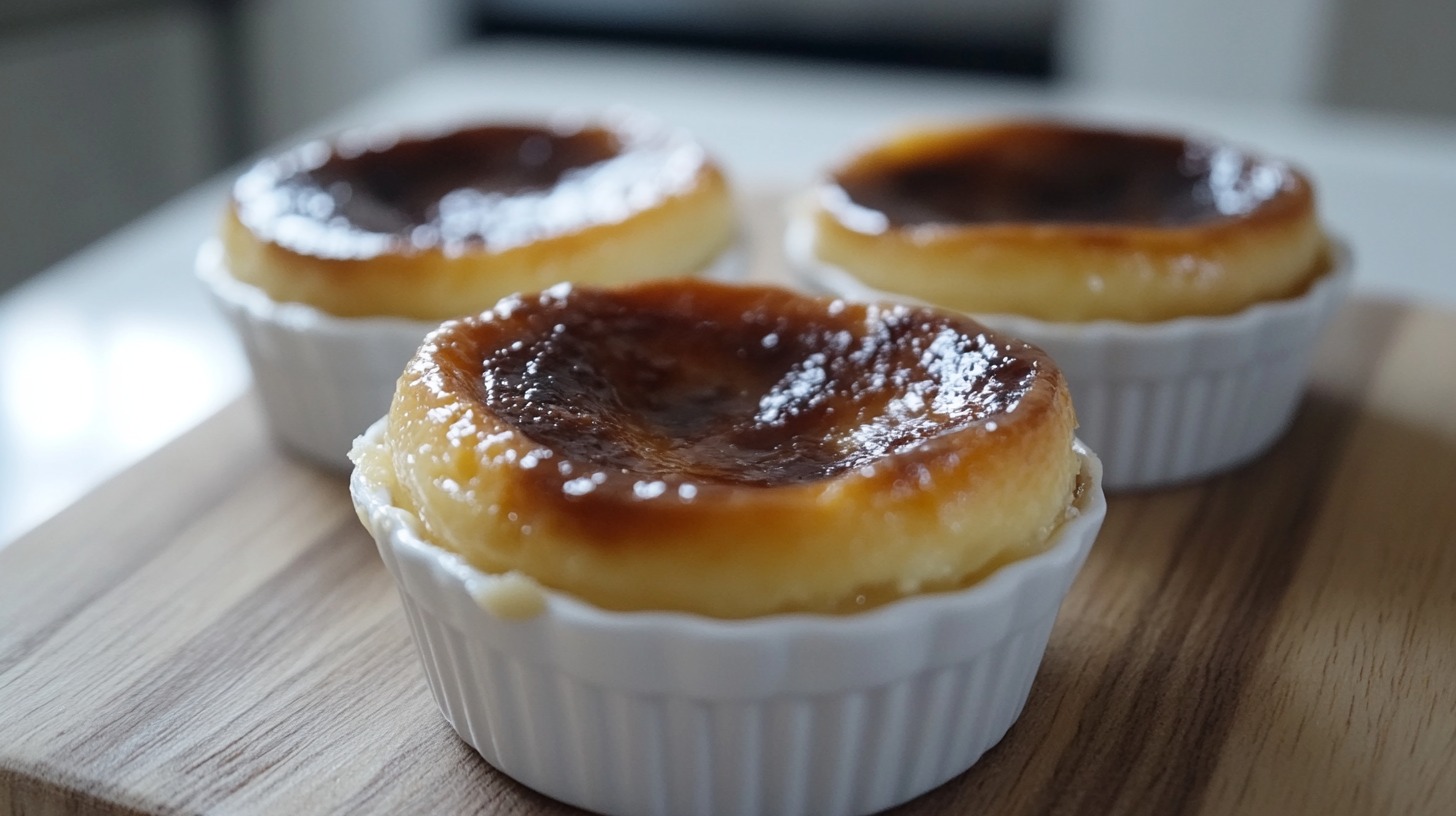Portuguese desserts are a treasure trove of simple recipes brimming with flavor.
Rooted in traditions and often featuring straightforward ingredients, they are perfect for beginners eager to explore new tastes.
The collection showcases some of the easiest desserts that capture the heart of Portuguese cuisine.
Roll up your sleeves and bring a touch of Portugal to your kitchen!
Recipe 1: Pastéis de Nata (Portuguese Custard Tarts)
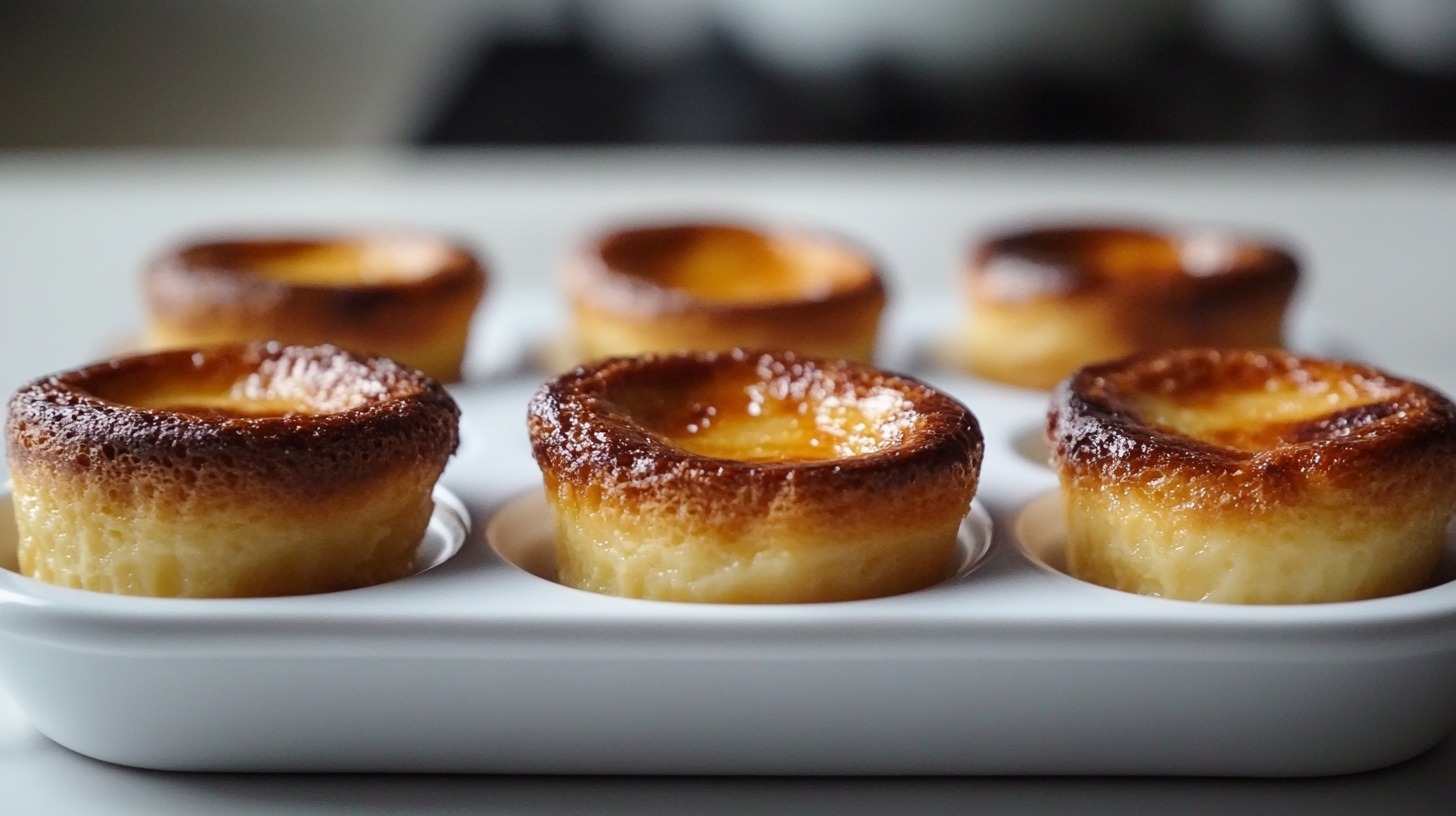
Pastéis de Nata is arguably the most famous Portuguese dessert.
These custard tarts feature a creamy filling nestled in a crisp, flaky crust.
To make them, you’ll need puff pastry, egg yolks, sugar, cream, and a hint of vanilla or lemon zest.
Begin by rolling the pastry and cutting it into small rounds to fit your tart tins. Prepare the custard by heating cream and sugar, whisking in egg yolks, and adding flavoring.
Bake at high heat until the tops develop a signature golden brown finish.
- Chill the puff pastry before working with it to maintain flakiness.
- For a caramelized top, let the custard brown slightly during baking
Recipe 2: Arroz Doce (Portuguese Rice Pudding)
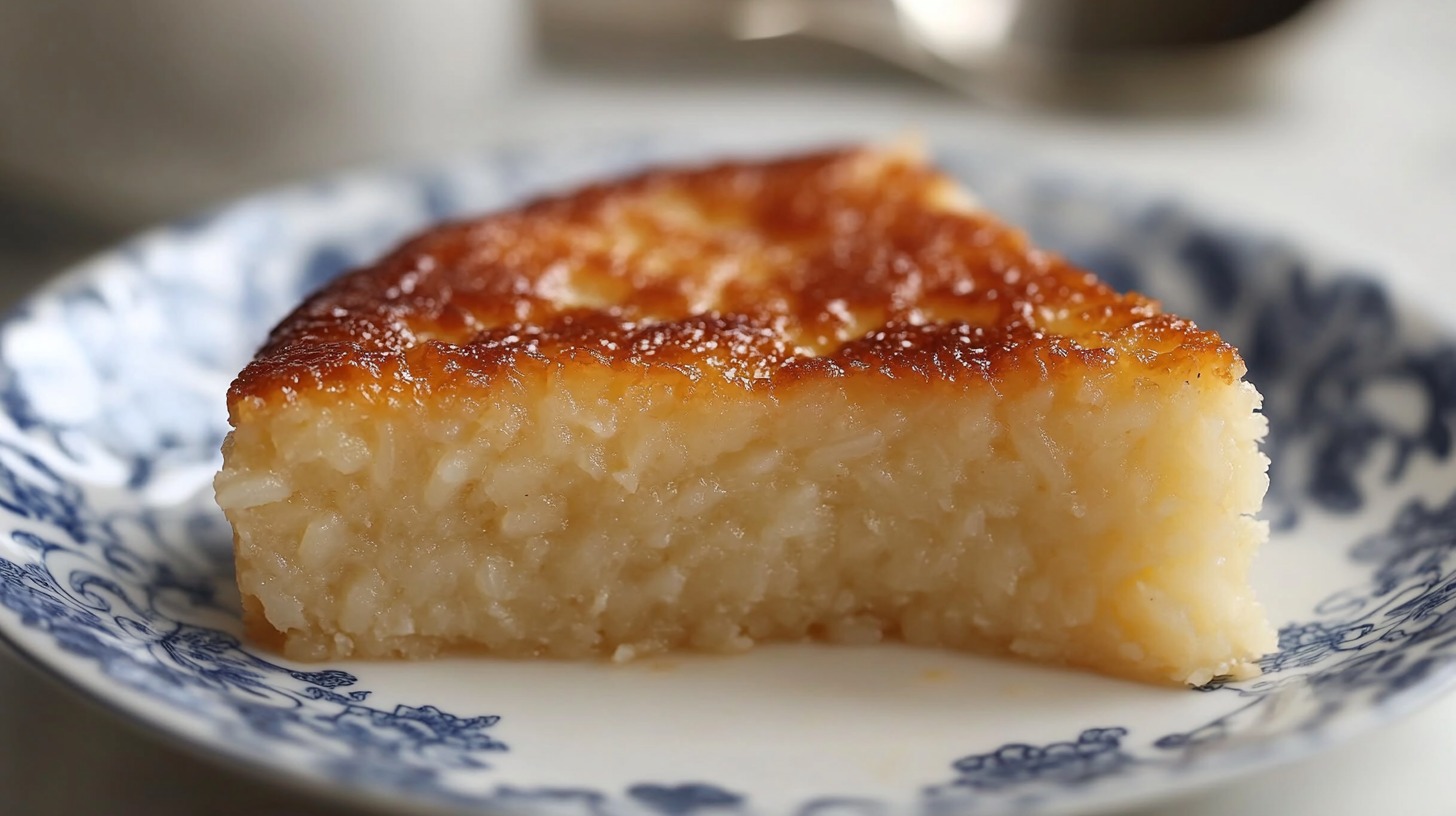
It combines rice, milk, sugar, and a dash of cinnamon for a creamy finish.
Begin by simmering rice in water until tender, then add milk and sugar, stirring until thickened.
Garnish with a sprinkle of cinnamon for a traditional touch.
- It uses pantry staples.
- It allows room for adjustments, like adding lemon zest or a splash of cream.
Recipe 3: Bolo de Bolacha (Portuguese Biscuit Cake)
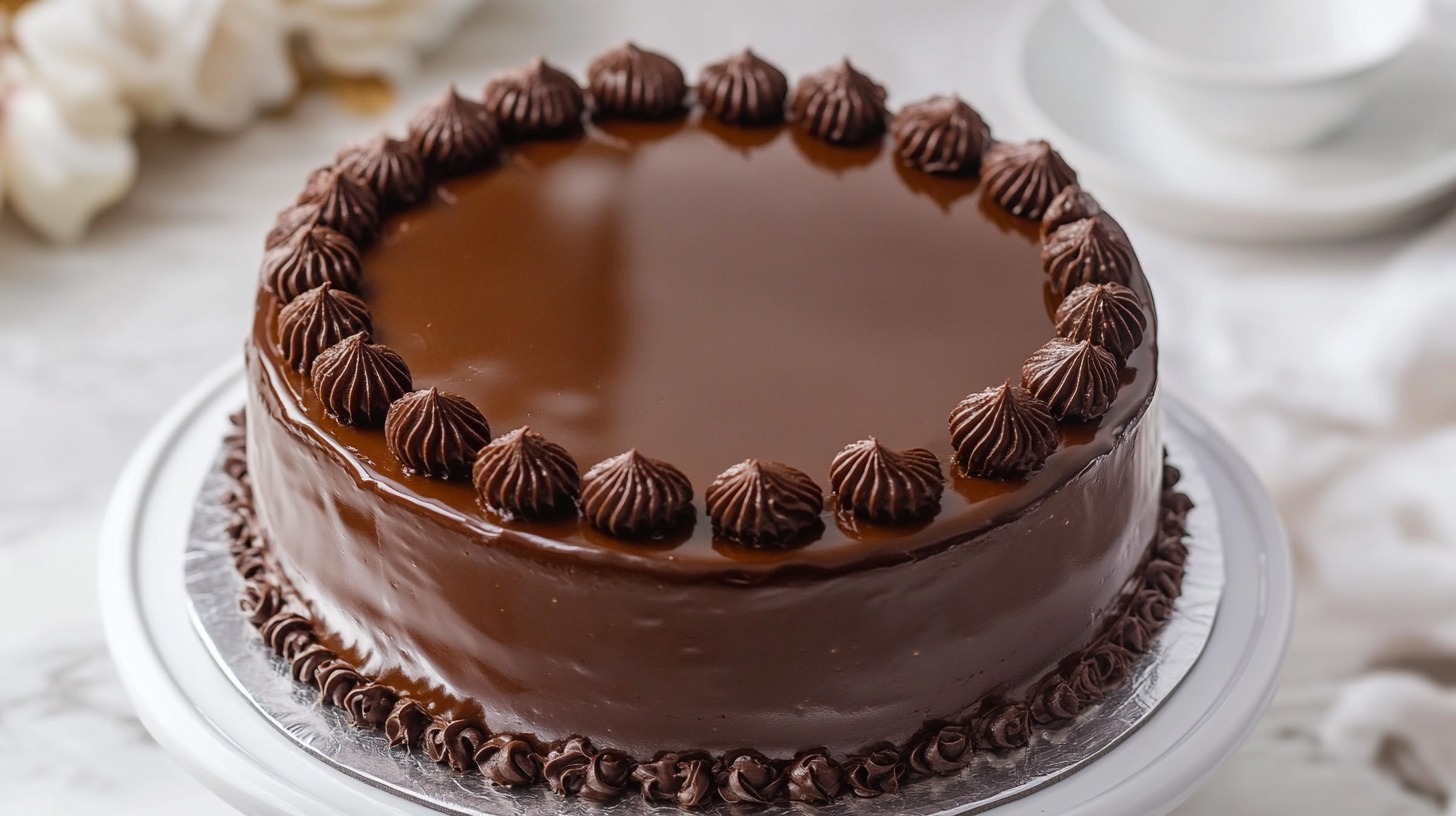
This no-bake dessert is a favorite for its simplicity and flavor.
Layer coffee-soaked biscuits with a creamy mixture of butter, sugar, and coffee for a decadent treat.
Start by whisking butter and sugar until fluffy, then add coffee.
Alternate layers of biscuits and cream in a dish, finishing with a decorative layer on top.
- Use a strong coffee for a deeper flavor.
- Chill the cake for several hours to allow the layers to set properly.
Recipe 4: Pudim Flan (Portuguese Caramel Flan)
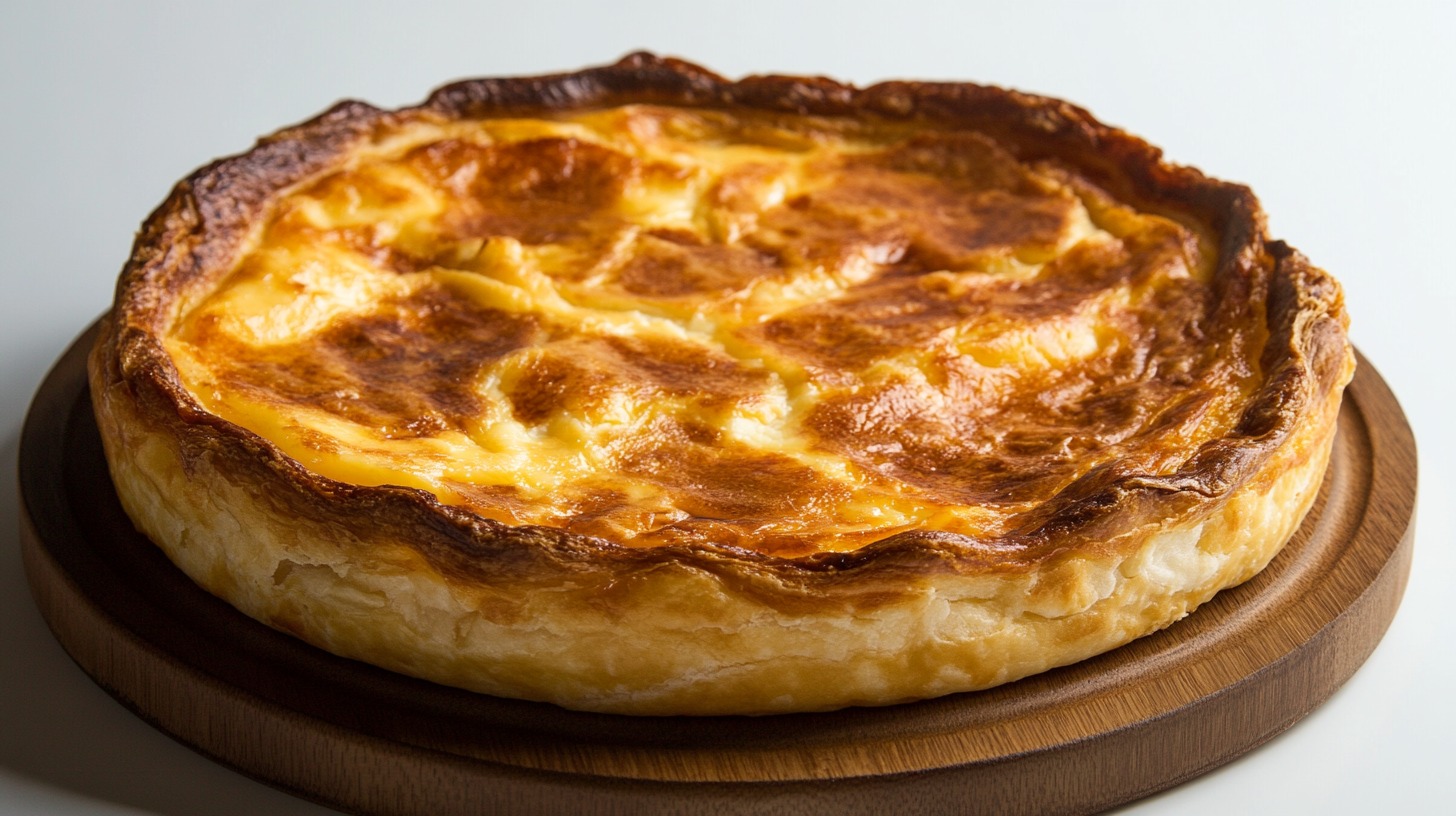
Pudim Flan is a silky caramel dessert that requires minimal effort.
Begin by melting sugar in a pan to create the caramel layer, pouring it into a mold.
Combine eggs, milk, sugar, and vanilla, then pour the mixture over the caramel.
Bake in a water bath for even cooking.
- Ensure the caramel doesn’t burn by keeping the heat low.
- Let the flan cool completely before unmolding to maintain its structure.
Recipe 5: Rabanadas (Portuguese-Style French Toast)
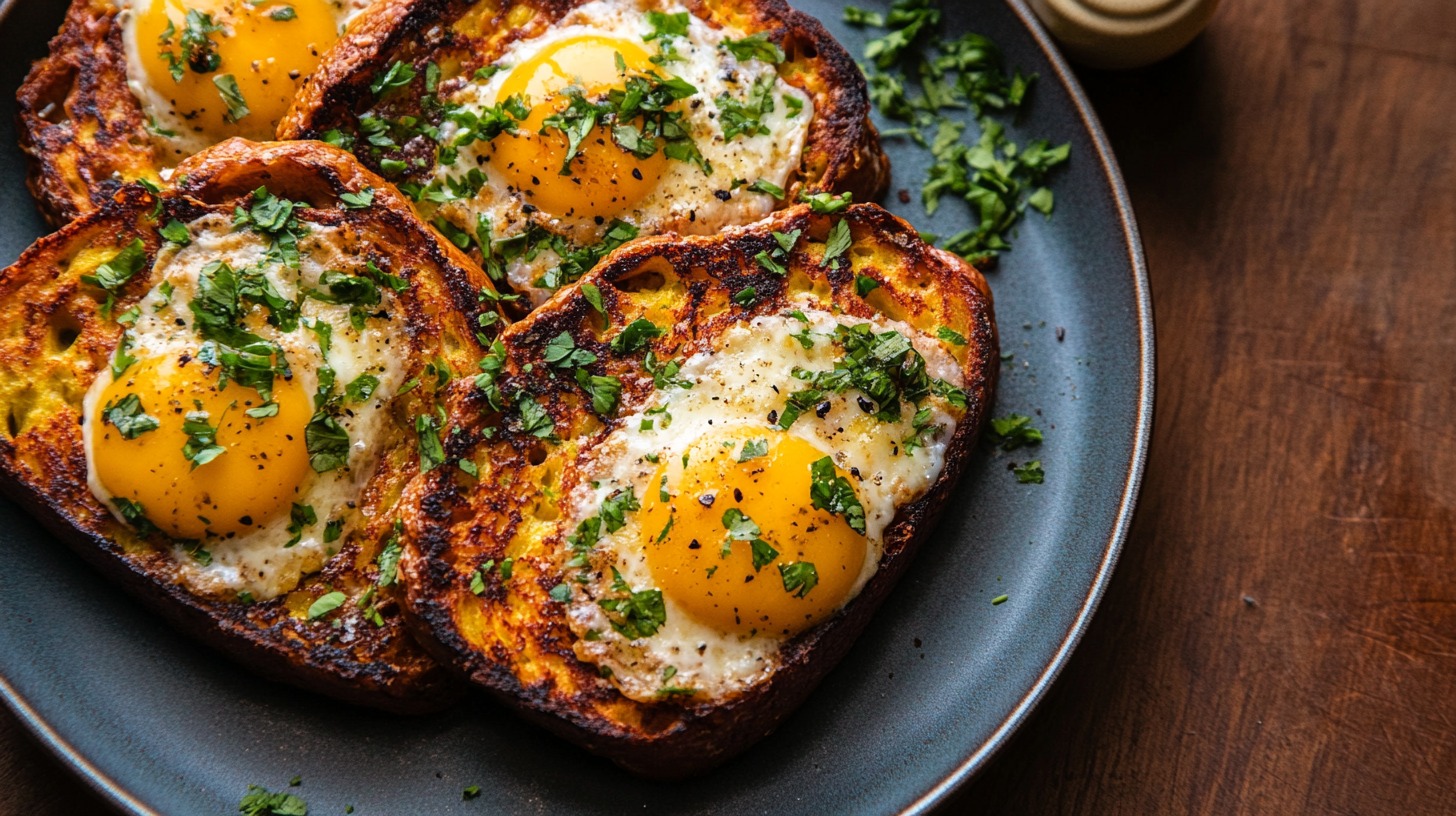
Rabanadas are a traditional holiday treat but can be enjoyed year-round.
Slice stale bread, dip it in a mixture of milk, eggs, and sugar, and fry until golden.
Sprinkle with cinnamon and sugar, or drizzle with syrup or honey.
- Use thick slices of slightly stale bread for better absorption.
- Fry over medium heat to ensure even cooking.
Recipe 6: Queijadas (Portuguese Mini Cheesecakes)
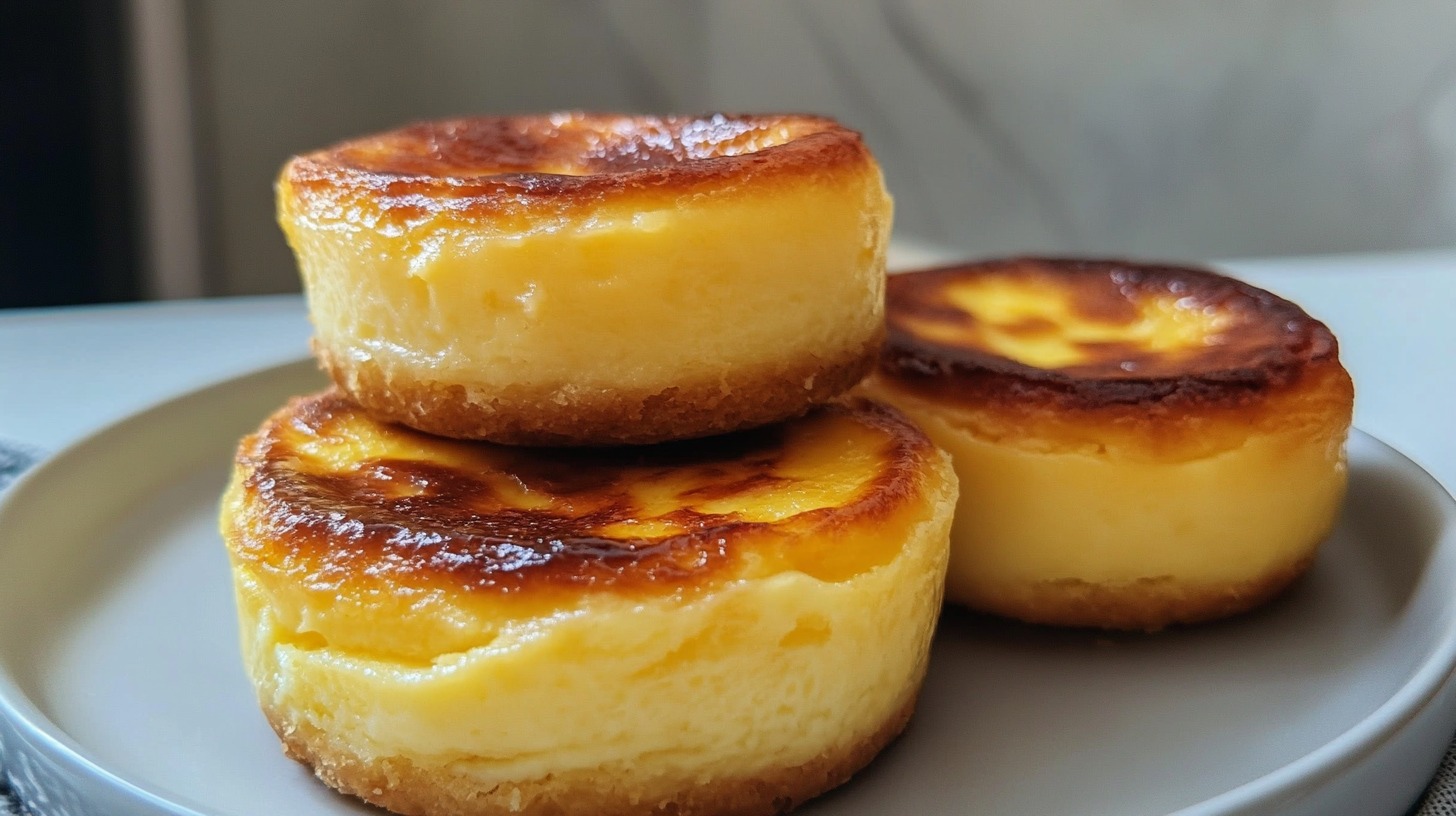
Queijadas offer a sweet, cheesy filling in a compact, delightful package.
The batter, made with flour, sugar, eggs, and cheese, is poured into tart molds and baked.
Popular variations include coconut or cinnamon.
- Use ricotta or cream cheese for a milder flavor.
- Pre-grease the molds for easier removal.
Recipe 7: Serradura (Sawdust Pudding)
Serradura is as easy as it gets.
The dessert layers crushed biscuits with whipped cream sweetened with condensed milk.
To make, whip cream to soft peaks, fold in condensed milk, and alternate layers with finely crushed biscuits in a serving dish.
- Chill the cream for better-whipping results.
- Garnish with chocolate shavings or biscuit crumbs for added texture.
Recipe 8: Leite Creme (Portuguese Crème Brûlée)
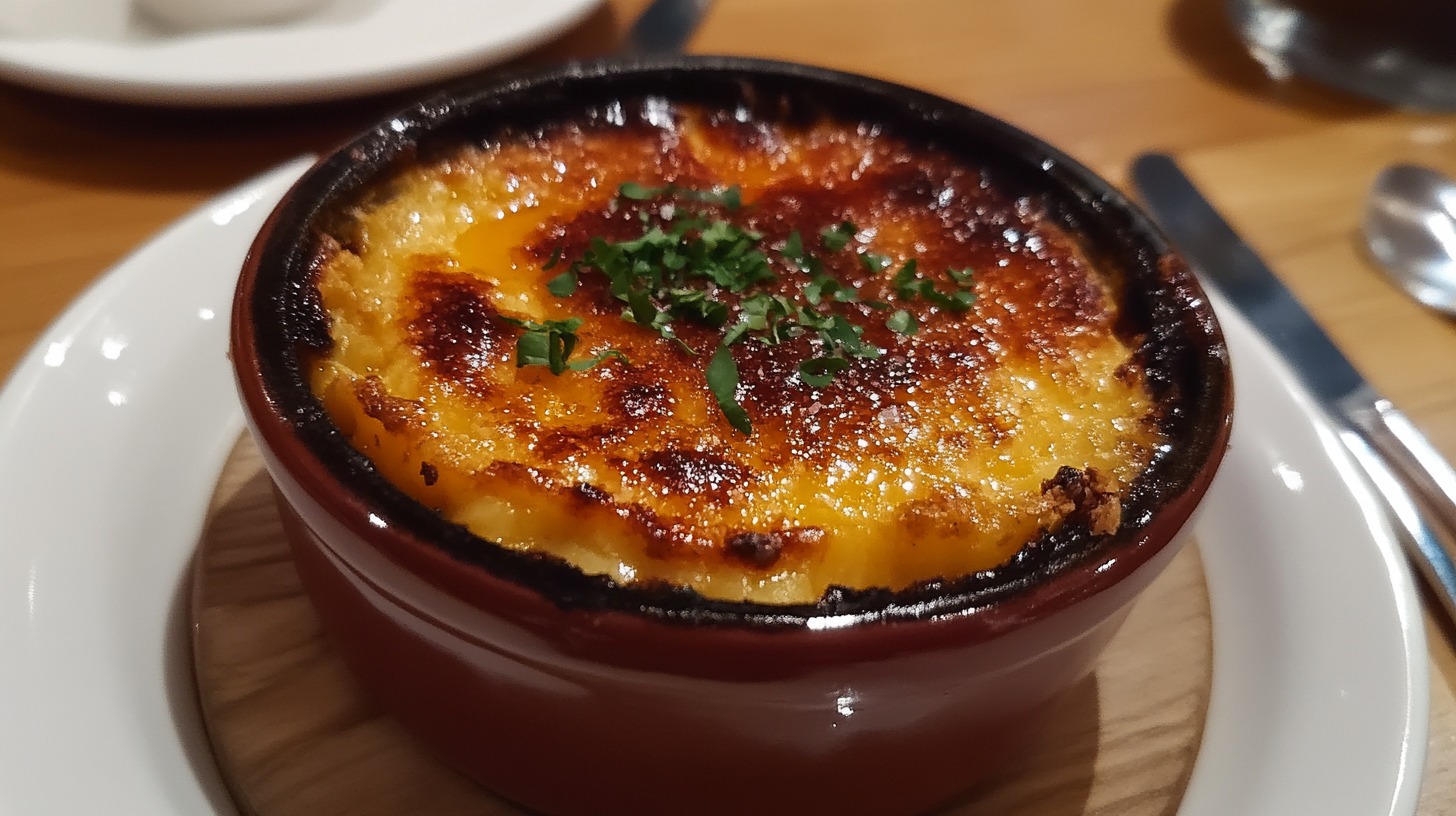
Leite Creme is a caramelized custard dessert.
Heat milk, sugar, egg yolks, and cornstarch until thickened, then pour into dishes.
Once chilled, sprinkle sugar on top and use a torch or broiler to create a crunchy caramel layer.
- Constantly stir the custard to prevent lumps.
- Use fine sugar for a smoother caramel crust.
Recipe 9: Pão de Ló (Portuguese Sponge Cake)
This airy cake requires eggs, sugar, and flour, making it wonderfully simple.
Whisk eggs and sugar until fluffy, fold in flour, and bake until golden.
The result is a light, soft cake perfect for any occasion.
- Sift the flour for a smoother batter.
- Do not overmix to preserve airiness.
Recipe 10: Tarte de Amêndoa (Portuguese Almond Tart)
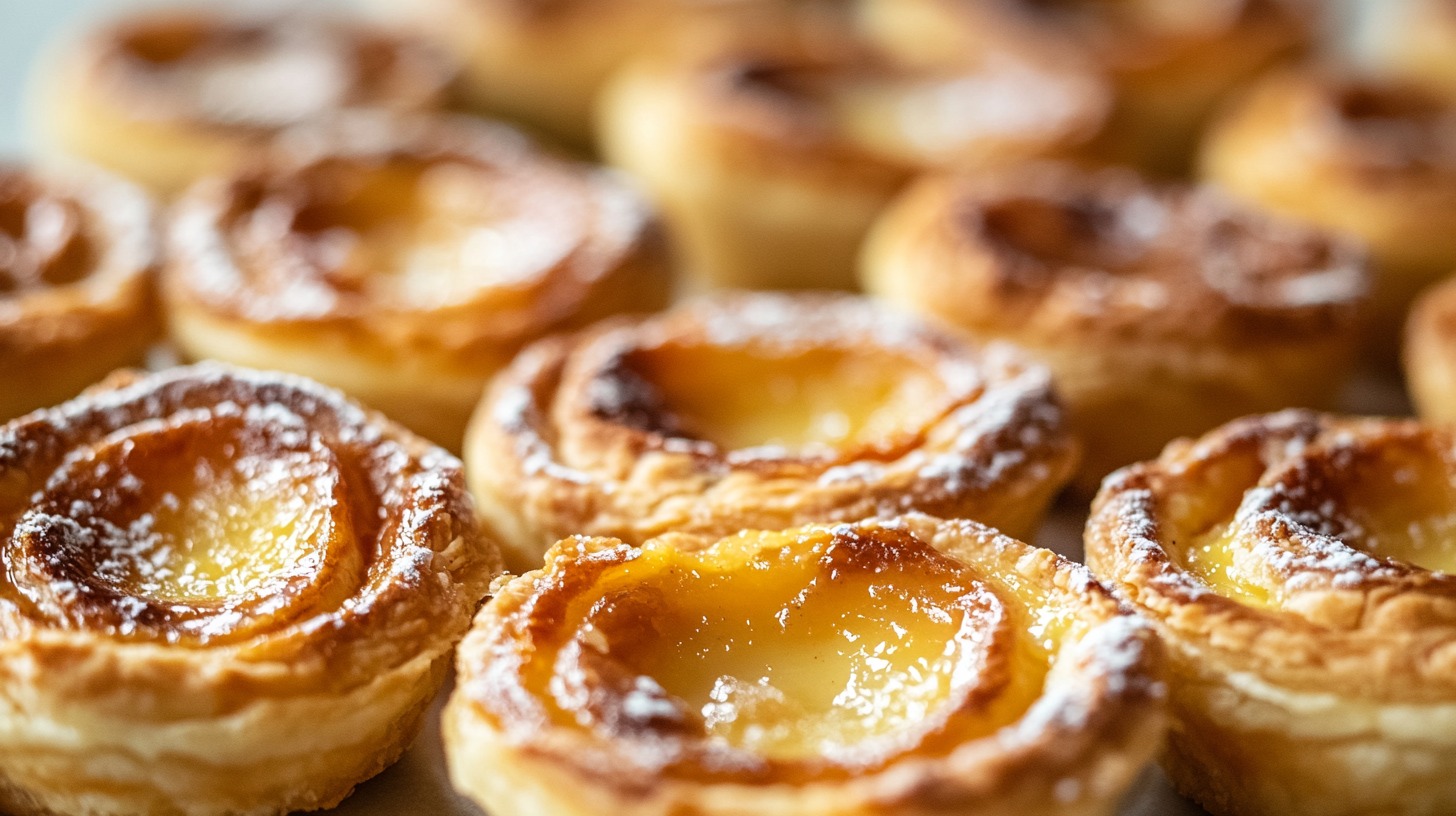
Tarte de Amêndoa features a buttery crust and a sweet almond glaze. Prepare a basic shortcrust pastry and bake it blind.
Simmer butter, sugar, and sliced almonds to create a topping, then spread it over the crust and bake until golden.
- Use a removable tart pan for easier serving.
- Toast the almonds slightly before cooking for enhanced flavor.
The Bottom Line
Portuguese desserts are a testament to how simplicity can result in remarkable flavors.
These recipes, perfect for beginners, allow you to bring a taste of Portugal into your home. If you want to read about more desserts, check out Charlotte Russe.
Try them out, share them with loved ones, and savor the joy of creating something new.

